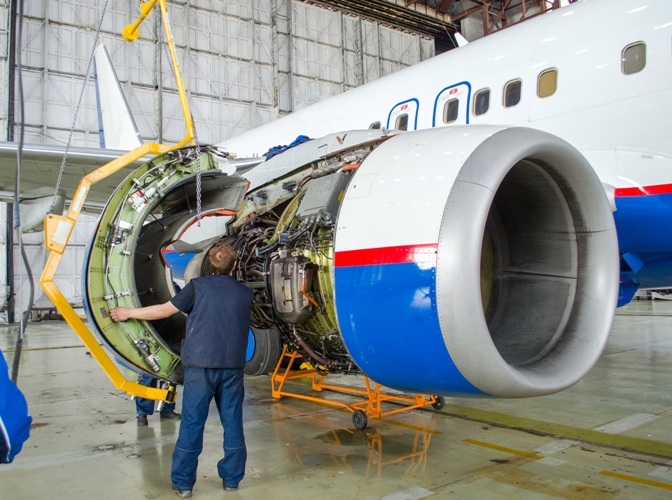

Aviation headsets are meticulously designed to tackle this challenge head-on. They act as a vital bridge between the pilot and the crucial voices on the other end of the communication channel, be it the air control tower or passengers. These headsets excel at isolating and suppressing the cacophony of aircraft noise, ensuring that the messages exchanged are crystal clear.
However, there exist multiple types of aviation headsets from which to choose. Here, we weigh the pros and cons of different options so airlines can equip their pilots with the best-matched headset with the best aircraft parts companies.
The choice of pilot headset style is a matter of personal preference. What’s more, your preferences for other factors like comfort, weight, and noise isolation will also impact which overall headset style to choose. There are three primary forms of aviation headsets:
An in-ear aviation headset is designed to be inserted directly into the ear canal. They are highly compact and lightweight, making them a convenient choice, especially for pilots prioritizing portability.
In-ear headsets rely on passive noise isolation due to their snug fit inside the ear, which can offer decent noise reduction.
Remember that in-ear pilot headsets are less commonly used than other aviation headsets. However, they offer advantages such as a lightweight design and comfort. However, it’s important to note that they may not fit all users equally well due to variations in ear shapes.
Over-ear aviation headsets completely cover the ears, providing superior noise isolation compared to in-ear models. These headsets are designed to encircle your ears, creating a fully effective seal. They are renowned for their excellent noise isolation and comfort, as the earcups envelop the entire ear. Additionally, over-ear headsets often have well-padded ear cushions for extended wear and feature highly effective passive noise-canceling technology.
On-ear headsets rest on top of your ears, partially covering the ear canal. They are typically more compact and lightweight than over-ear models, which can be advantageous for portability and comfort on shorter flights. However, their noise isolation might not be as effective as over-ear headsets.
When selecting aviation headsets from aircraft parts companies, it is essential to consider noise reduction methods and their efficiency. Standardized measurements such as the Noise Reduction Rating (NRR) are used to evaluate noise reduction capabilities. The NRR is also typically expressed in decibels (dB) and can usually be found in the specifications of pilot headsets. It represents how effectively a headset can reduce external noise, with a higher NRR indicating a more remarkable ability to reduce noise.
However, it’s crucial to acknowledge that noise reduction can vary in real-world use due to factors like fit and seal, which can affect the headset’s effectiveness. Elements such as an individual’s ear shape and how well the headset fits can influence the degree of noise reduction experienced.
Therefore, to ensure that the chosen aviation headset delivers the anticipated level of noise reduction, it is advisable to either test it in your specific aviation environment or read user reviews from fellow pilots who have used the same model. Based on noise reduction, aviation headsets can be broadly categorized into:
Passive noise-reducing headsets block or reduce ambient noise using physical barriers and materials. They are designed with sound-insulating ear cups and cushioning to create a barrier between your ears and external noise sources, such as the engine and wind. This design reduces the overall noise level you experience while flying.
Compared to their active counterparts, passive pilot headsets are more budget-friendly and durable since they don’t use electronics. They also may not cancel out specific frequencies, like constant engine hum, as effectively as active noise-reducing headsets. This means they work best in quieter aircraft like private planes but may not be as effective in noisy environments like commercial airplanes or helicopters.
At Aircraft Parts Distributor, we strive to be more than an aircraft part distributor. Get in touch with us today!
1618 N Ohio Street
Augusta, KS. 67010
2024 © Aircraft Parts. All Rights Reserved.
Designed By Digital SFTware
